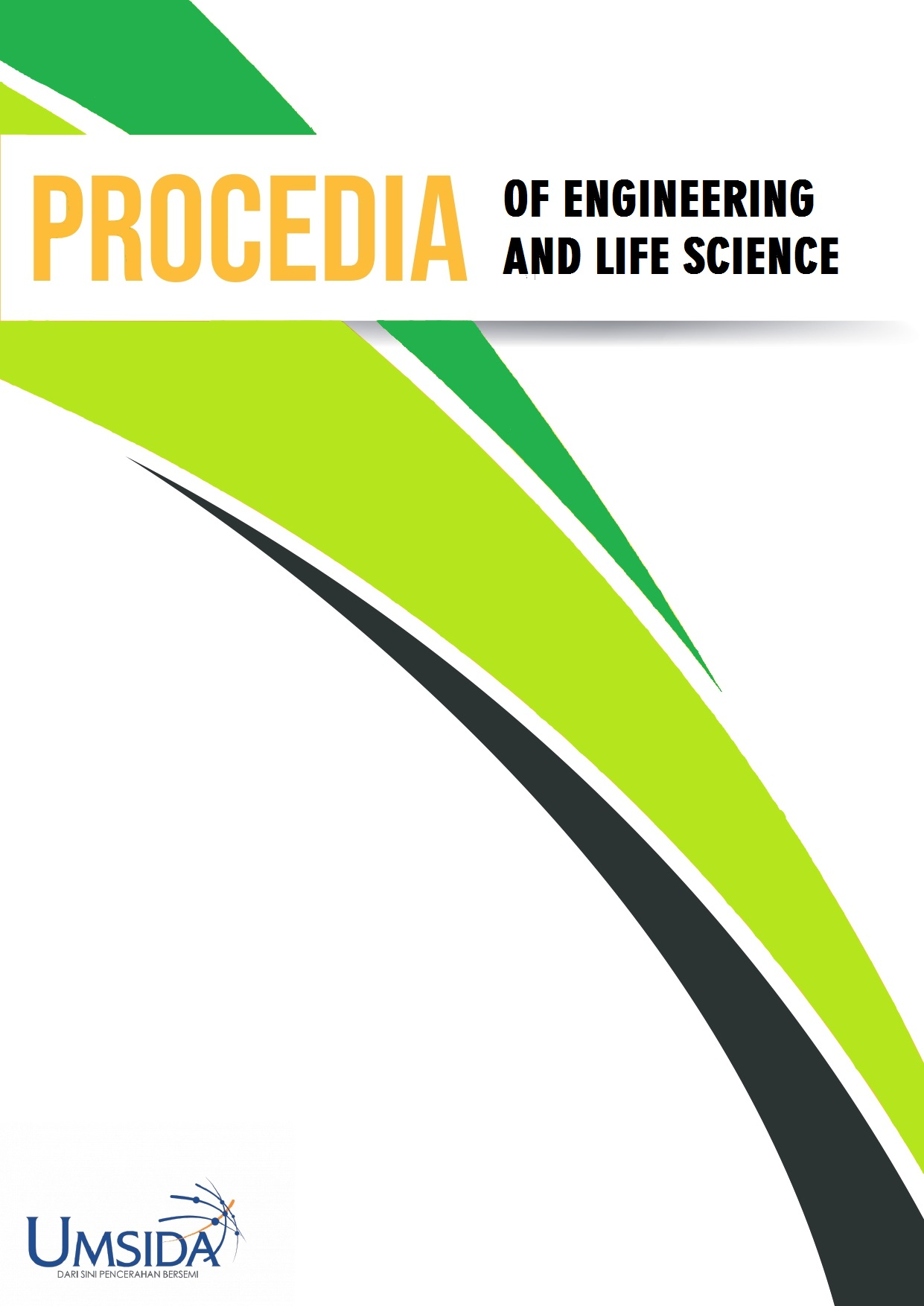Corrosion Rate Analysis of Steam Boiler Superheater
Analisa Laju Korosi Superheater Ketel Uap
DOI:
https://doi.org/10.21070/pels.v7i0.1513Keywords:
Corrosion, Steam boiler, SuperheaterAbstract
Superheaters play an important role in converting saturated steam to the point of superheating. The condition of the superheater needs to be considered, if there is rust it will reduce the performance of the superheater in heating steam to the point of superheat. Rust / corrosion is the enemy of dangerous metals. Corrosion is defined as a deterioration in the quality of metals due to electrochemical reactions with their environment In corrosion events, metals undergo oxidation, while oxygen (air) undergoes reduction. The corrosion event itself is an electrochemical process, which is a process (change / chemical reaction) that involves electricity. Certain parts of the metal act as the negative pole (negative electrode, anode), while the other part acts as the positive pole (positive electrode, cathode). Electrons flow from the anode to the cathode, resulting in corrosion. By calculating the corrosion rate of superheaters with material A-213 T22 can be a consideration for using materials that are more resistant to rust or become a consideration in estimating repair time.
Downloads
References
A. D. Putri, “PROTOTYPE STEAM POWER PLANT (Analisis heat Loss pada Unit Boiler Furnace dan Super Heater),” vol. 7, pp. 1–4, 2014, [Online]. Available: http://download.garuda.kemdikbud.go.id/article.php?article=1299745&val=17494&title=PROTOTYPE STEAM POWER PLANT ANALISIS HEAT LOSS PADA UNIT BOILER FURNACE DAN SUPERHEATER
S. T. Suparman, R. Magga, and M. Zuchry, “Laju Korosi Pada Stainless Steel Dalam Media Perlalite,” J. Mek., vol. 10, no. 1, pp. 948–954, 2019.
B. Utomo, “Jenis Korosi Dan Penanggulangannya,” Kapal J. Ilmu Pengetah. dan Teknol. Kelaut., vol. 6, no. 2, pp. 138–141, 2012, doi: 10.14710/kpl.v6i2.2731.
I. K. Rohmat, M. S. Amri, M. M. Munir, H. B. Kurniyanto, and M. H. Muzzakki, “Analisis Holding Time Post Weld Heat Treatment (Pwht) Pada Pengelasan Material Sa-213 Grade T91 Dengan Sa-213 Grade T22 Untuk Aplikasi Boiler,” J. Rekayasa Mesin, vol. 14, no. 1, pp. 317–329, 2023, doi: 10.21776/jrm.v14i1.1304.
MadWeb, “ASTM A213 T22 2.25Cr-1Mo STEEL FOR BOILER AND HEAT EXCHANGER SEAMLESS TUBES (STBA 24),” MatWeb. https://www.matweb.com/search/datasheet.aspx?matguid=7290d1ae9bca488b9b79faab42b8dc64
S. Wahyuni, Ramli, and Mahrizal, “Pengaruh Suhu Proses Dan Lama Pengendapan Terhadap Kualitas Biodiesel Dari Minyak Jelantah,” Pillar Phys., vol. 6, pp. 33–40, 2015.
A. Rohman, A. Rijanto, and D. N. Zulfika, “Analisis Laju Korosi Pipa Baja Karbon ST 30 Dan Stainless Steel 304 Terhadap Limbah Anaerobic Bioethanol,” Majamecha, vol. 2, no. 1, pp. 45–59, 2020, doi: 10.36815/majamecha.v2i1.736.
IRLANSAYH1, “CARA HITUNG VOLUME PIPING,” WordPress, Catatan orang desa, 2015. https://irlansyah1.wordpress.com/2015/11/26/cara-hitung-volume-piping/
Affandi, I. Tanjung, A. R. Nasution, S. Fonna, and S. Huzni, “Investigasi laju korosi atmosferik baja karbon rendah profil segiempat di kawasan industri medan,” J. Teknol., vol. 10, no. 1, pp. 1–4, 2020, [Online]. Available: https://jurnal.wastukancana.ac.id/index.php/teknologika/article/view/31
F. Y. Hutauruk, “Analisa Laju Korosi pada Pipa Baja Karbon dan Pipa Galvanis dengan Metode Elektrokimia,” Inst. Teknol. Sepuluh November, Surabaya, pp. 3–16, 2017, [Online]. Available: http://repository.its.ac.id/44852/




